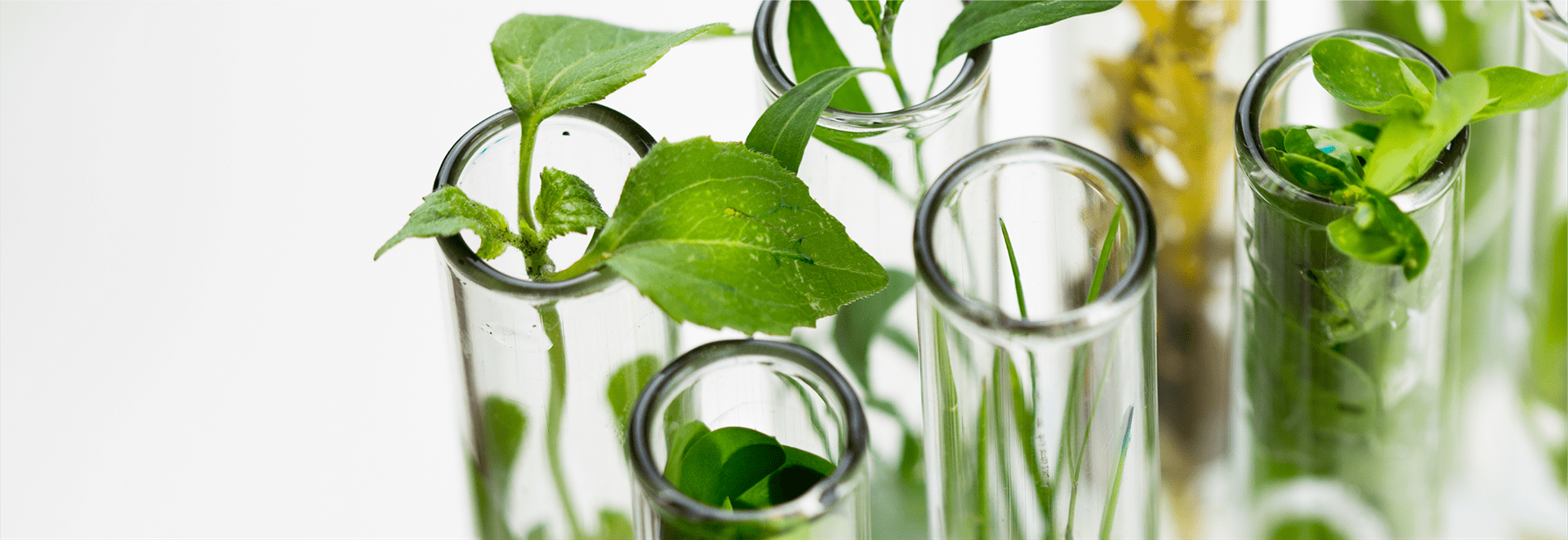- Technologies
-
Solutions
- About IBIS
-
- Service
- R&D Center
-
R&D CENTER
The complete chloroplast genome of common camellia tree, Camellia japonica L. (Theaceae), adapted to cold environment in Korea
Mitochondrial DNA Part B, Resources 4 (1): 1038-1040
Jongsun Park*, Yongsung Kim, Hong Xi, Yu Jin Oh ,Kyung Man Hahm, Jaeyoung KoGenbank accessions MK353210 ( Camellia japonica isolate Soyeonpyeongdo chloroplast genome ) |Camellia japonica L. is an ornamental species due to its beautiful red flowers blooming in winter. Here, we completed the chloroplast genome of C. japonica isolated in Soyeonpyeongdo located at the northernmost in South Korea. Its length is 156,971 bp long and has four subregions: 86,673 bp of a large single copy (LSC) and 18,394 bp of small single copy (SSC) regions are separated by 25,952 bp of inverted repeat (IR) regions including 135 genes (91 protein-coding genes, 8 rRNAs, and 36 tRNAs). The overall GC content of this chloroplast genome is 37.3\% and those in the LSC, SSC, and IR regions are 35.3\%, 30.5\%, and 43.0\%, respectively. Twenty-five single nucleotide polymorphisms (SNPs) and two insertions and deletions (INDELs) are identified against Korean C. japonica isolated in Jeju island, while 78 SNPs and 643 INDELs are found against Chinese C. japonica. Phylogenetic trees show that Camellia chekiangoleosa is clustered with Korean C. japonica.



